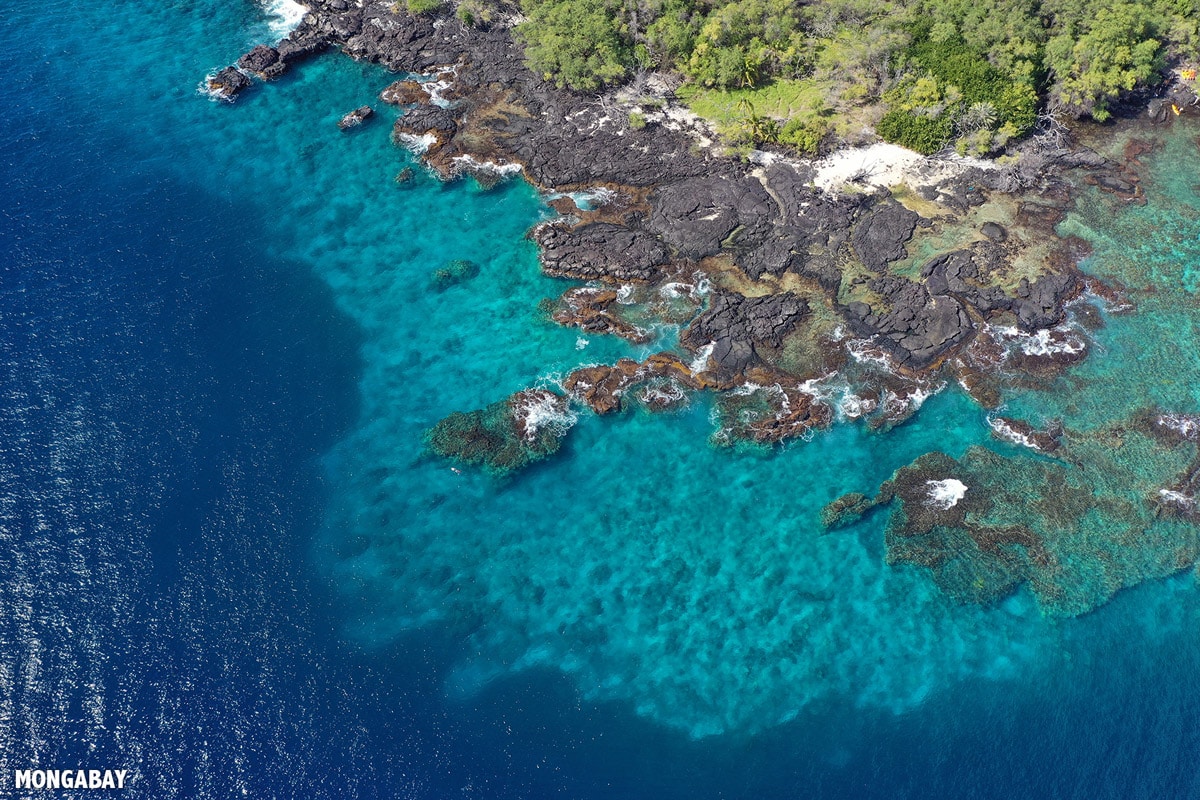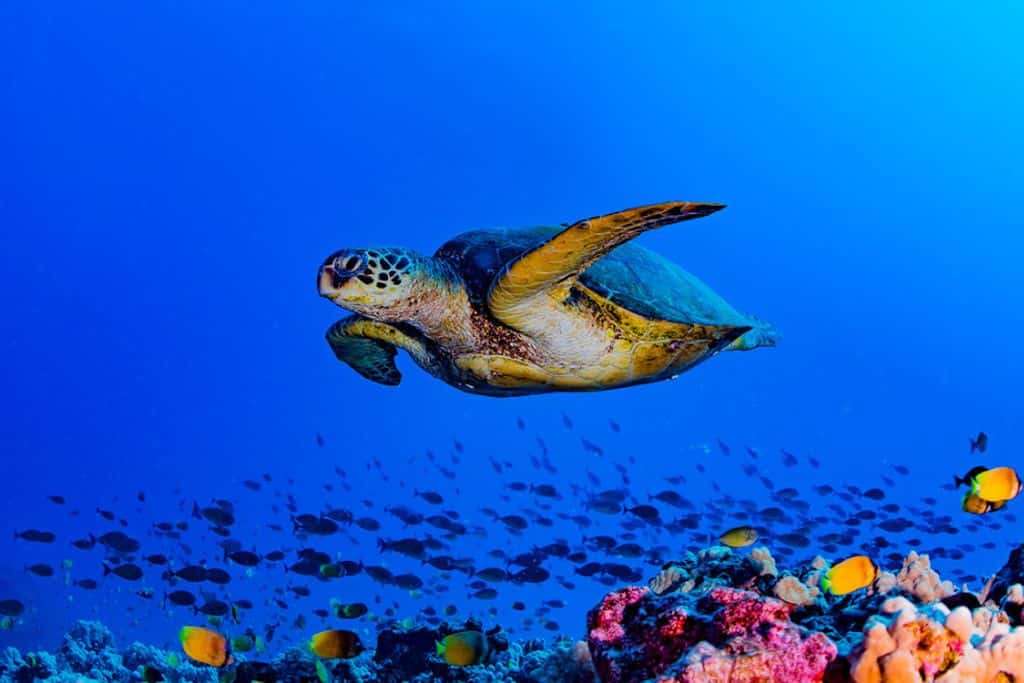A new program in Hawai‘i, known as Ākoʻakoʻa, will focus on restoring 193 kilometers (120 miles) of coral reefs off the west of the Big Island, which have been in decline for the past 50 years. A key aspect of the program will be the building of a new research and coral propagation facility in Kailua-Kona on the Big Island. While the program will be largely science-driven, it will also rely on the traditional knowledge of community leaders and cultural practitioners.
—
A new program in Hawai‘i will draw on the collaborative efforts of science and community to restore local corals and coastlines to make reef communities more resilient in the future.
The initiative, known by the Hawaiian name Ākoʻakoʻa, which means both “coral” and “to assemble,” will focus on restoring 193 kilometers (120 miles) of coral reefs off the west of Hawaiʻi’s Big Island. Like most coral reefs across the world, Hawai‘i’s corals have been in rapid decline for the past 50 years due to anthropogenic pressures such as pollution, overfishing, and of course, the impacts of human-induced climate change.
Arizona State University (ASU) will lead the Ākoʻakoʻa initiative, drawing on a funding pool of $25 million to research, conserve and restore degraded corals. A key aspect of the program will be the building of a new research and coral propagation facility in Kailua-Kona on the Big Island that will help facilitate scientific inquiries into coral health and the cultivation of new corals for restoration purposes.
Greg Asner, the director of ASU’s Center for Global Discovery and Conservation Science, will spearhead the Ākoʻakoʻa program. In 1998, he and a team of reef experts founded the Pacific Ridge to Reef Program, which used high-tech satellite, airborne and field technologies to diagnose land and reef problems.

Reefs off the Captain James Book Monument in Kealakekua Bay. Image by Rhett A. Butler.
“The new program further expands this diagnostic work,” Asner said in a statement, “but it focuses far more effort on interventions that support Hawaii’s communities, both coral and human, as one force.”
While the program will be largely science-driven, it will also rely on the traditional knowledge of community leaders and cultural practitioners, according to the organizers.
Cindi Punihaole, a native Hawaiian from Kona who runs the Kohala Center, a community-based nonprofit focused on research, education and stewardship, said her elders have stressed the importance of the land and sea relationship.
“The land partner is to protect its ocean partner,” Punihaole said in a statement. “We are taught to ‘Mālama I Ka ʻĀina’ (caring for and respecting the land). When the land is healthy and clean water flows to the shores, then our corals and fish will flourish. We strive for a world of balance and righteousness.”
The Ākoʻakoʻa program is being supported by a donation from the Dorrance family and Dorrance Family Foundation, as well as funding from Hawai‘i state’s Division of Aquatic Resources (DAR), the National Oceanic and Atmospheric Administration (NOAA) and ASU.
“We recognize that the health of our planet is tied to the health of countless interconnected systems,” Michael Crow, president of ASU, said in a statement. “What happens on land affects the health of our oceans, so threats to our coral reefs stand to impact everyone. This collaboration represents the vast potential to accelerate positive change by joining scientific knowledge and cultural wisdom to address a critically important challenge facing our world.”
Featured image: Greg Asner.
This article was originally published on Mongabay and is republished here as part of an editorial partnership with Earth.Org.
You might also like: Coral Reef Degradation in Hawaii: Is Overtourism to Blame?


















